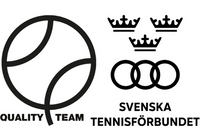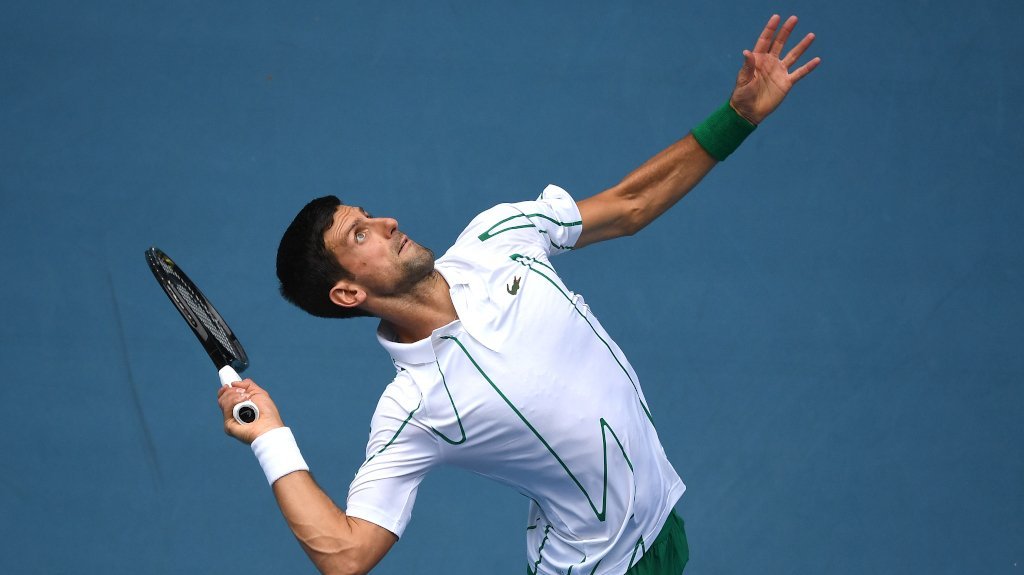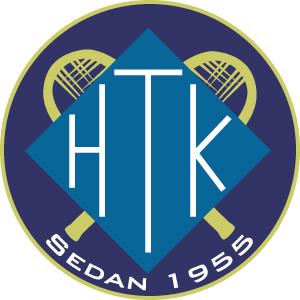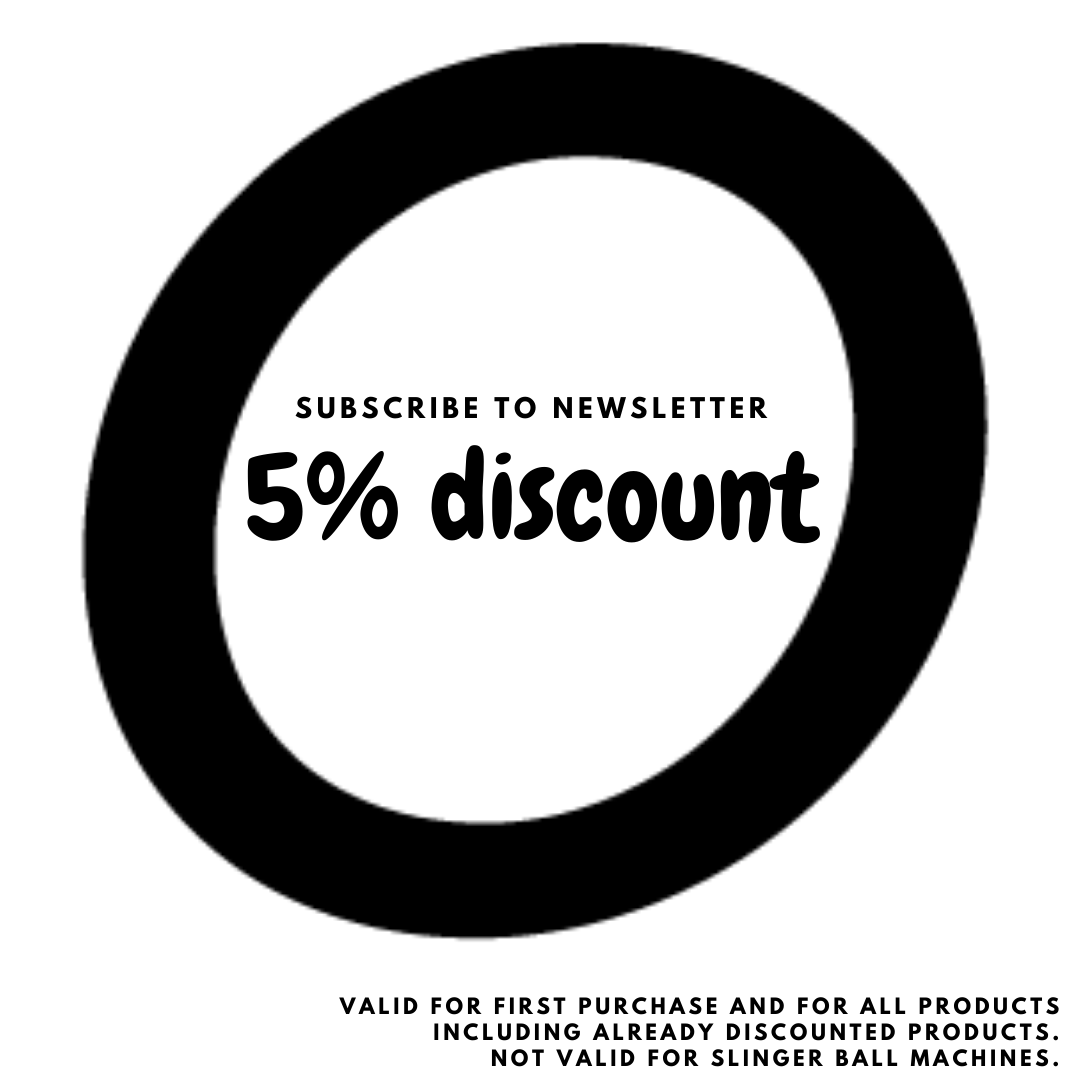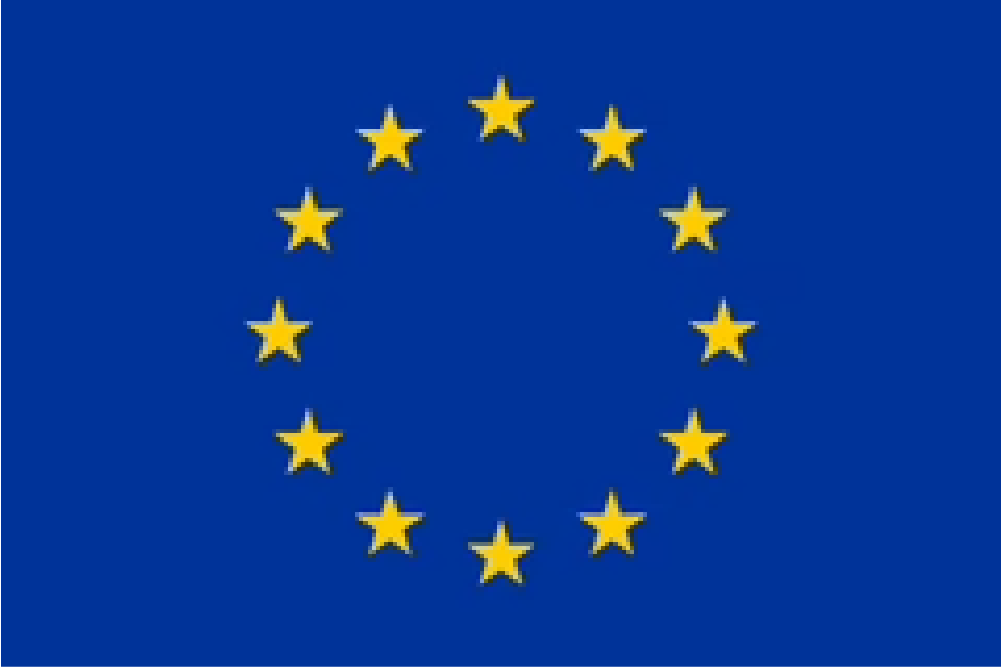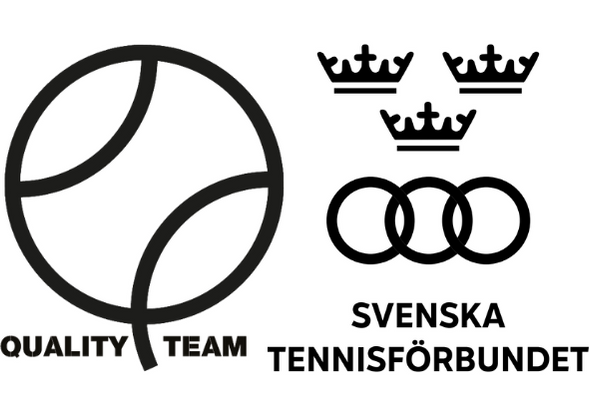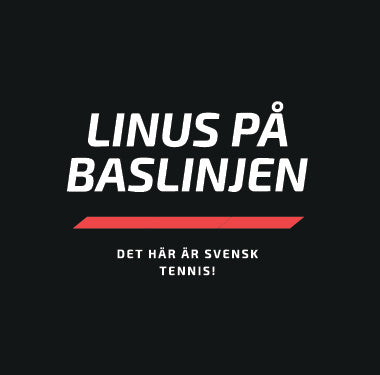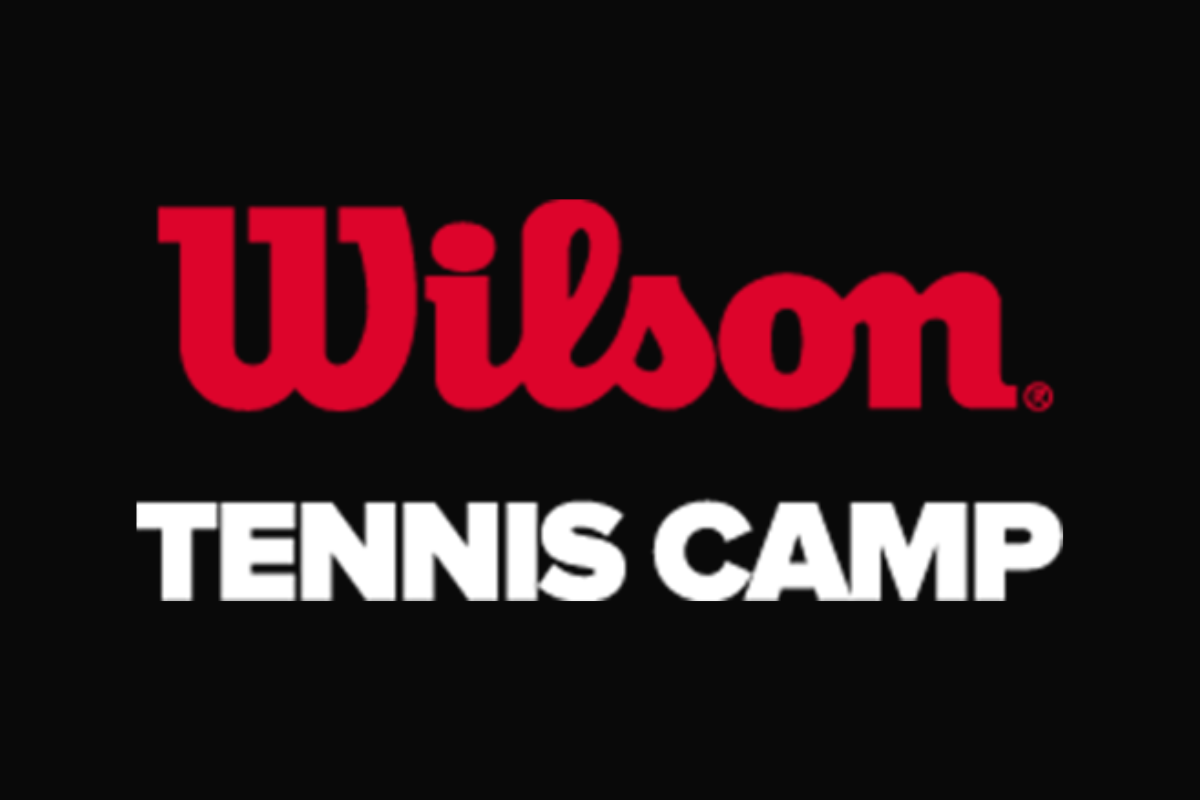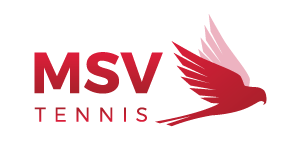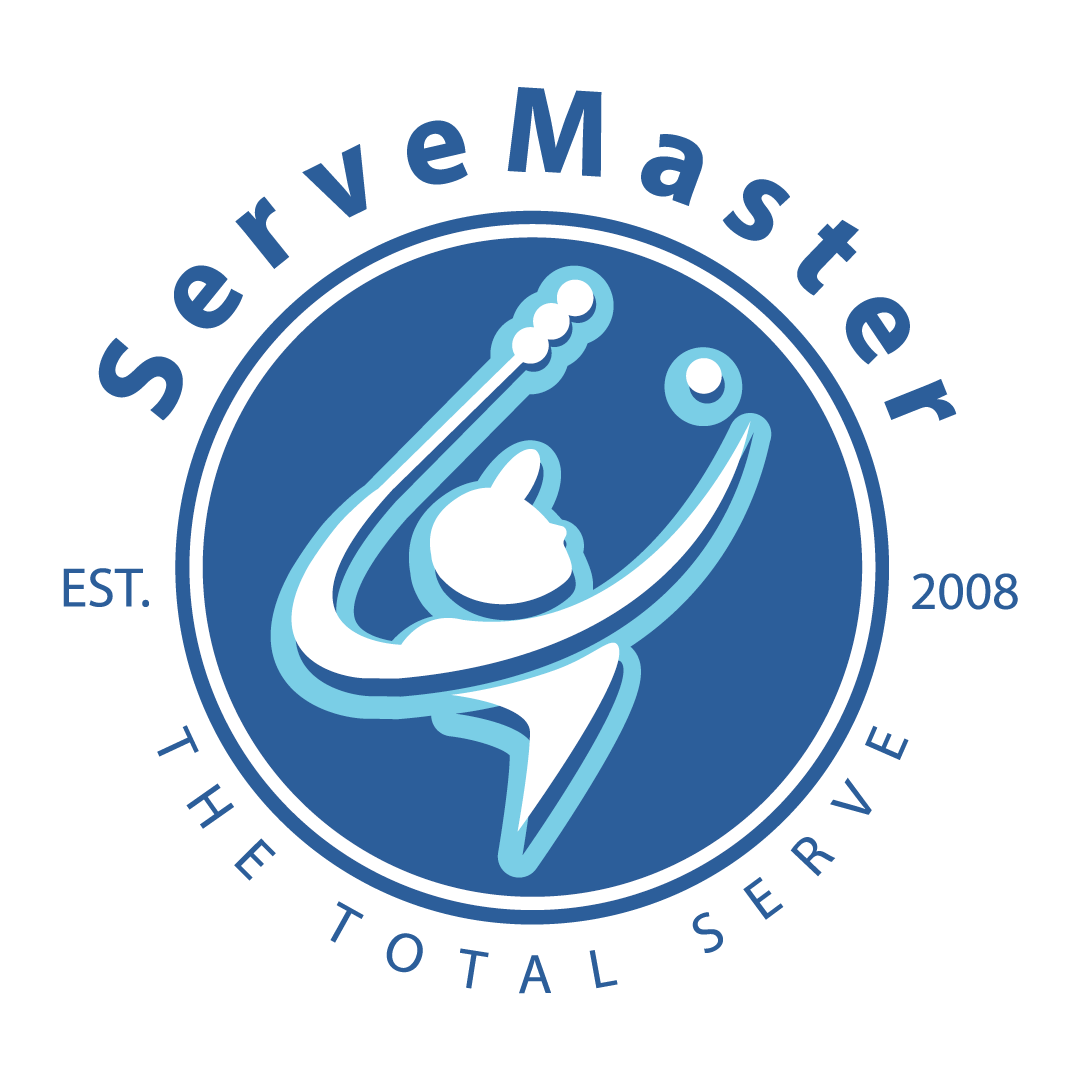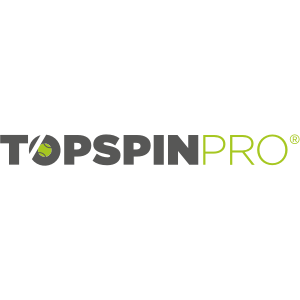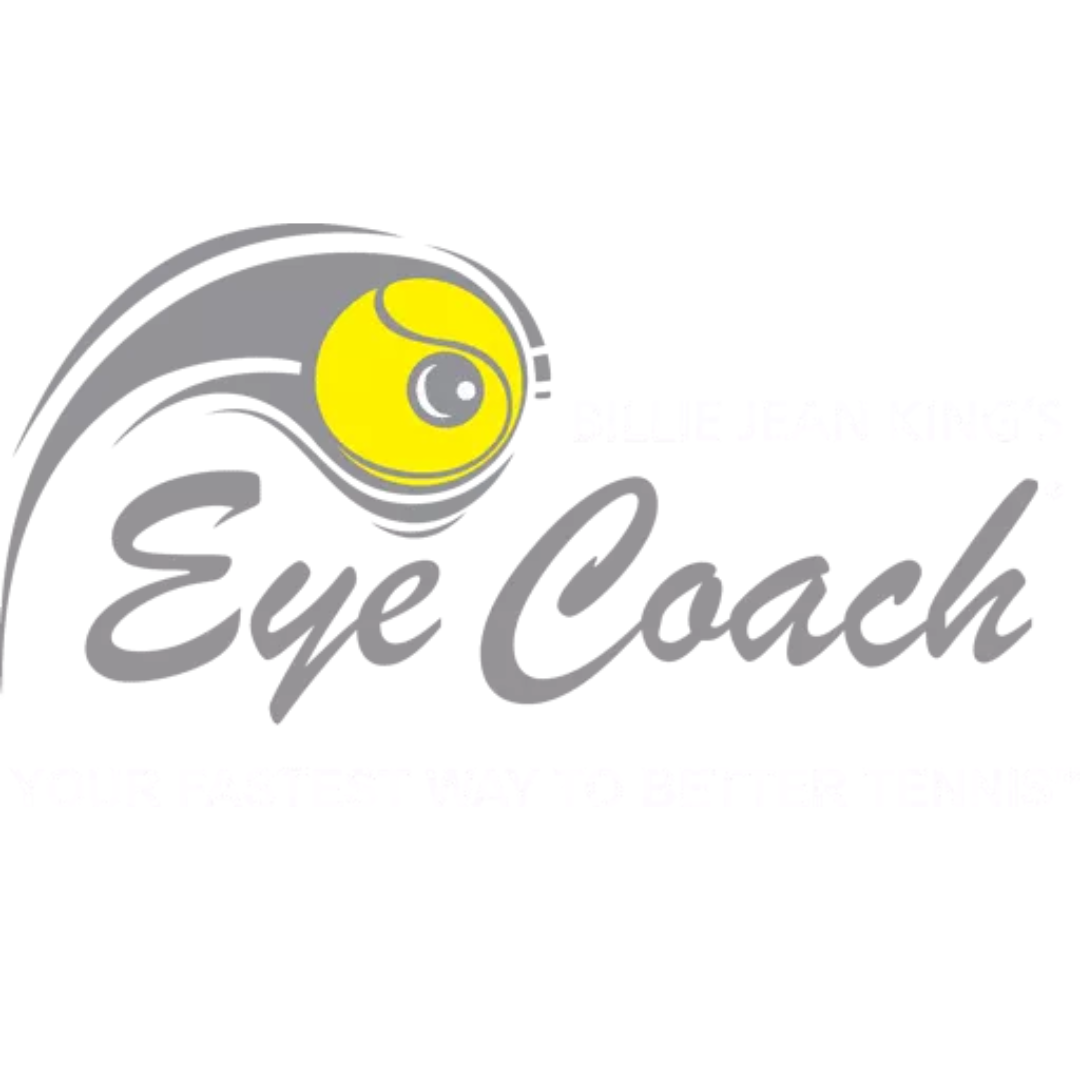Every tennis match starts with a player serving. The serve can be your tennis' most decisive shot if you decide to make it.
But let's take it from the beginning...
Before the serve, the player should stand still with their feet behind the baseline, but both feet may leave the ground at the moment of impact. Until 1960, one of the feet had to be in contact with the ground during the entire serve. The server may be judged to have committed a foot fault if either foot touches the baseline or the court when the ball is thrown up and the serving motion begins.
The server has two attempts to make a correct serve. If both fail, for example if both go outside the service box or into the net, the server has lost the point. The server throws the ball up in the air and hits it with his racket before it bounces on the ground. Nowadays a smash over the head is commonly used. We'll get to that.
The first ball of a game is always played in the Deuce Court. D
his means that the server plays the first serve standing to the right of the centre mark and hits the ball into the receiver's right service box. The next serve is played in the "Advantage Court" and then the serve is switched between the boxes after each settled point. The ball must bounce in the service box before the receiver can hit the return.
A serve is correct if it is executed as described here and lands in the receiver's service box without touching the net. If the ball touches the net but lands in the intended service box, it is rethrown.
Each player serves one game at a time, which is then his own service game. After a game is played, the serve passes to the opponent - or to the opponents if you are playing doubles.
A serve can be hit flat and without a screw, or with different types of screws. There are screws such as slice, twist and kick.
The first serve is often struck with a maximum hard unscrewed stroke - a flat serve. The second serve is usually struck looser but with a screw to make it more difficult for the opponent to judge the trajectory and bounce of the ball.
A side-screwed serve (twist or slice) can force the opponent off the sideline and "open up" the entire court for the server's next shot. Whereas a kick serve is a serve that is hit with an over-screw to give the ball a good margin over the net and then "dives" into the serve box, creating a high and awkward bounce for the opponent.
The serve can also be hit from underneath, i.e. as a groundstroke or a stop ball.
By the way, did you know that serve used to mean "give up the ball" in English? Yes, it's true!
There are lots of ways to practice your serve and serve movement.

One of the better training tools is called ServeMaster and it doesn't require a racket or a ball. Just a surface to practice on. Preferably outdoors or in a room with a good ceiling height, so you can concentrate on your ServeMaster practice.
If you do it often, you will soon have a wonderful aha experience! We promise.
Experience the feeling of really good ServeMaster serving technique and apply it with your racket
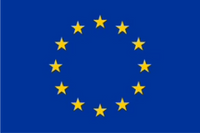
 Shipping to EU & Norway
Shipping to EU & Norway

